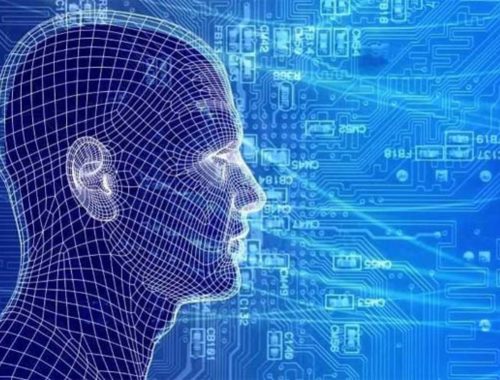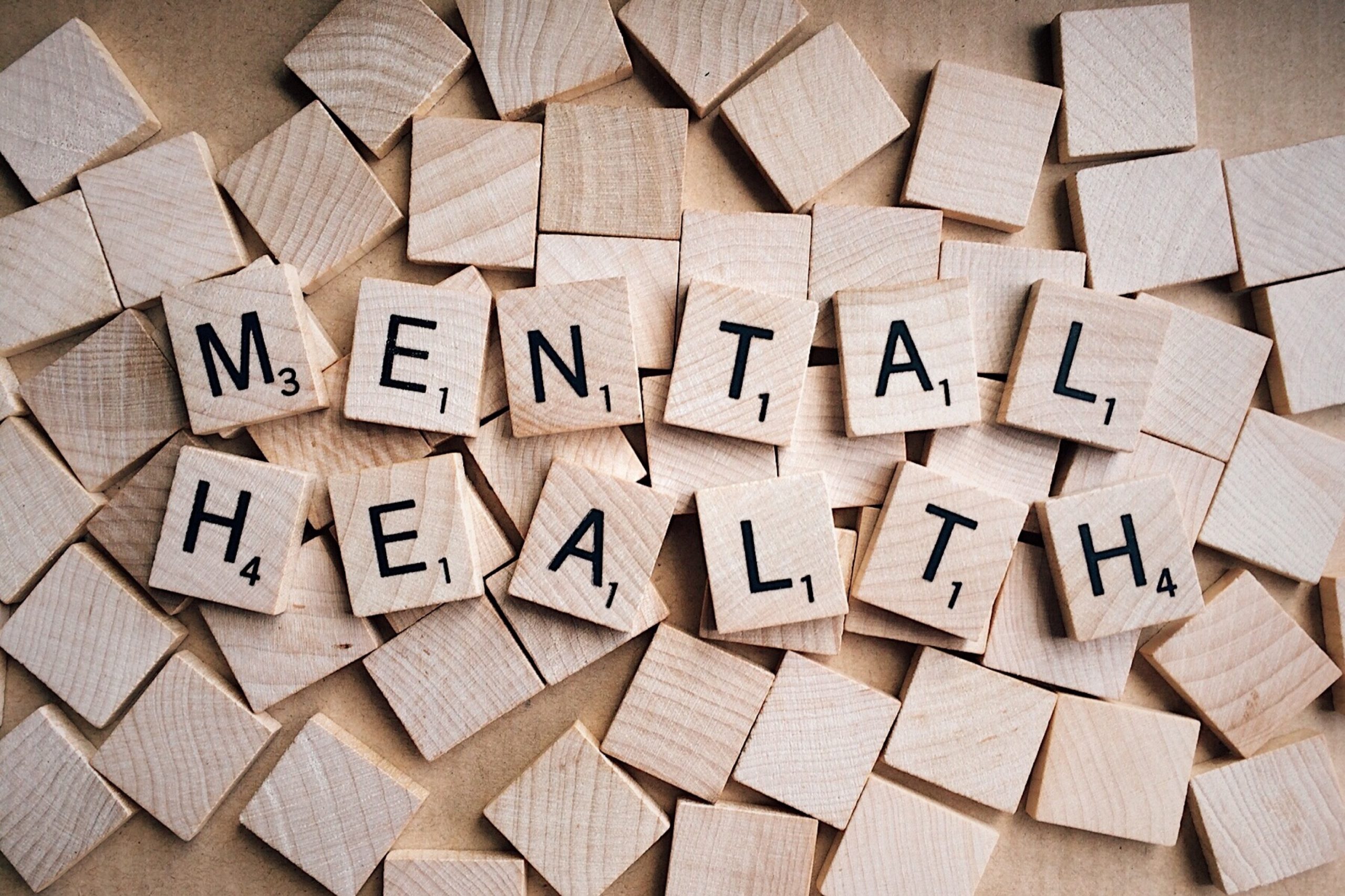
Eating Disorders Among Queer People in 2022
Health barriers can create health challenges, and this is where the issue arises when you are a minority trying to find health. As queer people, we often fear seeking medical attention because we fear the judgment of health care providers. I haven’t stepped foot in a hospital for over 10 years, and I would self-medicate myself because I am a queer and non-binary person of color.
Queer people have and face some pretty unique and complex health needs that their straight, and cisgender counterparts don’t face. As a queer person, I feel iffy about going to the doctors, and before I found a doctor I was conformable with, I rarely went to the hospital. So, without further ado, let’s get into the blog and learn why eating disorders (ED) are rampant in the queer community.
What is it?

Eating disorder is a range of psychological conditions that may cause unhealthy eating habits to develop. Even though the term eating is in the name of these psychological disorders, it is much more than just food. It is a complex mental health condition that, more often than not, requires psychological and medical experts to alter its course.
In the US alone, an estimated 28 million Americans had or currently have an eating disorder at some point in their life. They are also one of the deadliest mental illnesses out there, second to Opioid overdose. Eating disorders can start with an unhealthy obsession with your body shape, weight, or food. They can also cause serious health consequences; in severe cases, they may even result in death if left untreated.
Prevalence of eating disorders in the queer community
It is important to discuss that so far, most studies on eating disorders have focused on heterosexual, cisgender White women. This is why not a lot is known about eating disorders in sexual minorities. So far, only a few studies have investigated the intersectionality of sexual orientation and eating disorders among queer youth. They showed that gay boys and those with same-sex partners had more disorders and eating behaviors and were more dissatisfied with their bodies compared to their straight counterparts.
Another study also discusses that queer high schoolers are more likely to report using diet pills and purging than their heterosexual peers. Approximately 3% of the US male population is queer; however, disordered eating among them ranges from 14 to 42%. Unlike their heterosexual male counterparts, queer men are more likely to exhibit more symptoms of ED.
When it comes to queer women, the findings in regards to eating disorders are rather mixed. Some studies reported that queer women had increased levels of ED, while other studies found no significant difference between the rates in queer and heterosexual women. One study also found that queer men are 10 times more likely to show eating disorder symptoms than their straight peers.
Minority stress model

The Minority Stress model is when members of a specific minority group frequently face discrimination, adversity, or even victimization, which arises from their stigmatized identities. They may also, at times, receive less social support from their family. These are only some of the stressors that can lead to an increased risk for a number of mental and health issues. In this case, the disparity that queer people face can be explained by the minority stress model.
To get back to the subject at hand, when it comes to eating disorders, people who identify as queer or, more specifically, gay, lesbian, and bisexual attempt to manage distress and stress through behaviors such as bingeing or dieting. Minority stress can include internalized homophobia, stigma, discrimination, and having to conceal one’s sexual and gender identity was associated with a more disordered eating disorder. This can, in turn, be common symptoms of eating disorders.
Appearance ideals
Other theories suggest that queer appearance ideals may also contribute to the increased risk for eating disorders. These appearance ideals come from various sources, including traditional media, queer-specific media, dating apps, family members, and social media. Researchers also suggest that these media influences and pressures to conform to specific roles may increase body dissatisfaction, particularly among gay men.
Intersectional identity pressures may bring additional complications. Ideals regarding appearance are also influenced by expectations based on gender, sexual orientation, race, and other aspects of identity. More research is needed to explore the role that appearance expectations play in eating disorders in queer individuals. It is also important to consider the risk of reducing eating disorders in a large group of diverse people to a single mechanism.
Treatment

There are no specific treatments for queer individuals with eating disorders. It is important for providers to address sexual identity issues. Treatments designed for heterosexual patients can be effective if used with cultural sensitivity. Therapists can assist queer individuals affected by eating disorders in addressing internalized homophobia and coming out. They can also help clients accept themselves and increase their self-esteem.
Unfortunately, LGB individuals may face increased barriers to treatment. These potential barriers include:
- Poor access to culturally competent treatment providers: Queer individuals face a lack of culturally competent providers with both eating disorder expertise and sensitivity to the complexity of their sexual identity. Or they may be uncomfortable talking about their experiences in a treatment setting where most people are heterosexual.
- Lack of social support: They may need additional help and contact with other queer people. If they cannot find this in their treatment setting, they may find it in online support communities.
- Lack of identity-specific interventions: Almost all eating disorder materials are written for straight women of the same gender. As a result, people who do not fit this mold do not feel welcome in eating disorder treatment settings.
Sound off in the comments section below and tell us what you want to read next and if you want to read more about why eating disorders are rampant in the queer community.

How to Make Your Paint
You May Also Like

The Enigma of ESP: A Scientific Exploration
2023-09-19
Top 6 NASA Inventions That Changed Our Lives Forever
2023-04-17

One Comment
Pingback: